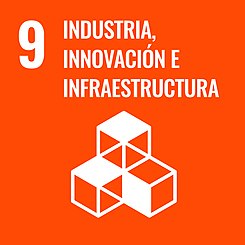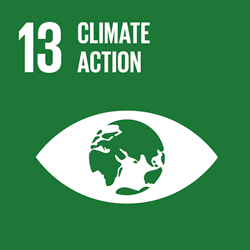Technological watch
Overview of Bioplastic Introduction and Its Applications in Product Packaging
Each year, more than 330 million tons of plastic are produced worldwide. The main consumers of plastics are the packaging (40%), building (20%) and automotive (8%) industries, as well as for the manufacture of household appliances. The vast majority of industrial plastics are not biodegradable and, therefore, create environmental problems due to the increase in the amount of solid waste. Studies have been conducted to produce biodegradable materials such as bioplastics to overcome this environmental problem. Bioplastics are defined as materials that are bio-based, biodegradable, or both; they can provide excellent biodegradability and can be used to help alleviate environmental problems. Therefore, this article presents an overview of the introduction of bioplastic materials and classifications, and a comprehensive review of their drawbacks and areas of importance, including basic and applied research, as well as biopolymer mixtures and biocomposites developed in the last decade. At the same time, this article provides insights into the development of bioplastics research to meet the needs of many industries, especially in the packaging industry in Malaysia. This review paper also focuses generally on bioplastic packaging applications such as food and beverage, healthcare, cosmetics, etc.
Publication date: 22/11/2021
Author: Nor Izaida Ibrahim
Reference: doi: 10.3390/coatings11111423







